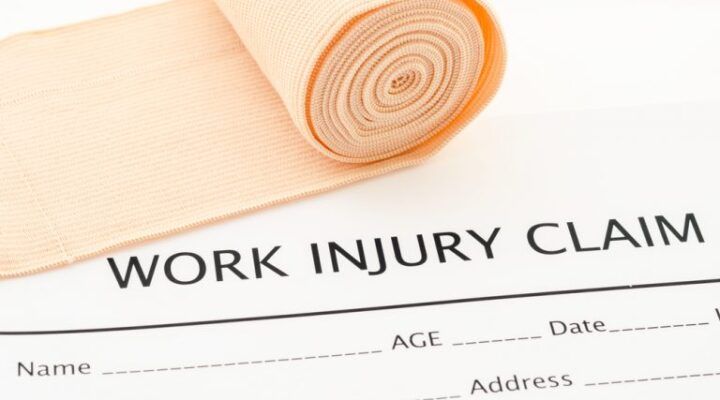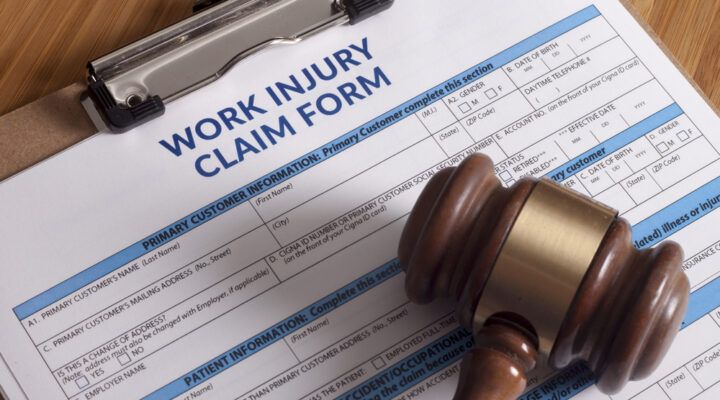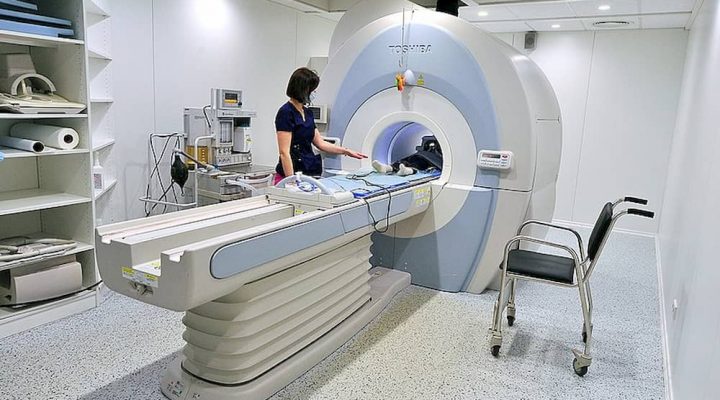In Los Angeles, a Tow Truck Driver made news when he crashed into number of cars. Both he, and another driver, were injured and taken to the hospital. The Dailymail reports that the Truck Driver was detained on suspicion of driving under the influence of alcohol. The Police, at the time of the reporting, were still investigating the accident.
This article will discuss where intoxication can impact a work injury.
What Impact Can Intoxication Have On A Workers’ Compensation Claim?
In this instance, if the Tow Truck Driver was on-the-clock, this injury would be considered as AOE/COE, arising out of and in the course and scope of employment.
The Labor Code, however, provides an intoxication defense for Insurance Companies. Labor Code Section 5705, provides that “[t]he burden of proof rests upon the party or lien claimant holding the affirmative of the issue. The following are affirmative defenses, and the burden of proof rests upon the employer to establish them: (b) Intoxication of an employee causing his or her injury.”
In Smith vs. WCAB (1981) 46 C.C.C. 1053, the court indicated. We conclude that the California employer is required to establish that intoxication is a proximate cause or substantial factor in bringing about an accident resulting in death, and further, that this record supports the board’s determination that such causation was shown. Causation is a question of fact unless the issue is so clear that reasonable minds could not differ. (See Prosser, op. cit. supra, at p. 240 see also, Industrial Indem. Co. v. Ind. Acc. Com. (1952) 108 Cal. App. 2d 632, 637 [17 Cal. Comp. Cases 17, 239 P.2d 477] and International Cementers, Inc. v. Industrial Acc. Com. (1950) 15 Cal. Comp. Cases 33, in which there were conflicting inferences and evidence regarding both intoxication and cause of the accidents.)
Essentially, an employer must prove two elements. First, the intoxication and second that the intoxication was a proximate cause of the injury. In this instance, the Tow Truck Driver’s blood alcohol content taken close to the time of the accident is a very important piece of evidence to prove intoxication. This blood alcohol test would have to be interpreted by a medical professional as to whether that would constitute intoxication. Further, additional medical opinion addressing the cause of the injury/accident would be needed. Further, accident reports and police reports may also provide data to allow for a conclusion as to proximate cause.
What If I Need Legal Advice?
If you would like a free consultation regarding workers’ compensation, please contact the Law Offices of Edward J. Singer, a Professional Law Corporation. We have been helping people in Central and Southern California deal with their workers’ compensation cases for 30 years. Contact us today for more information.




